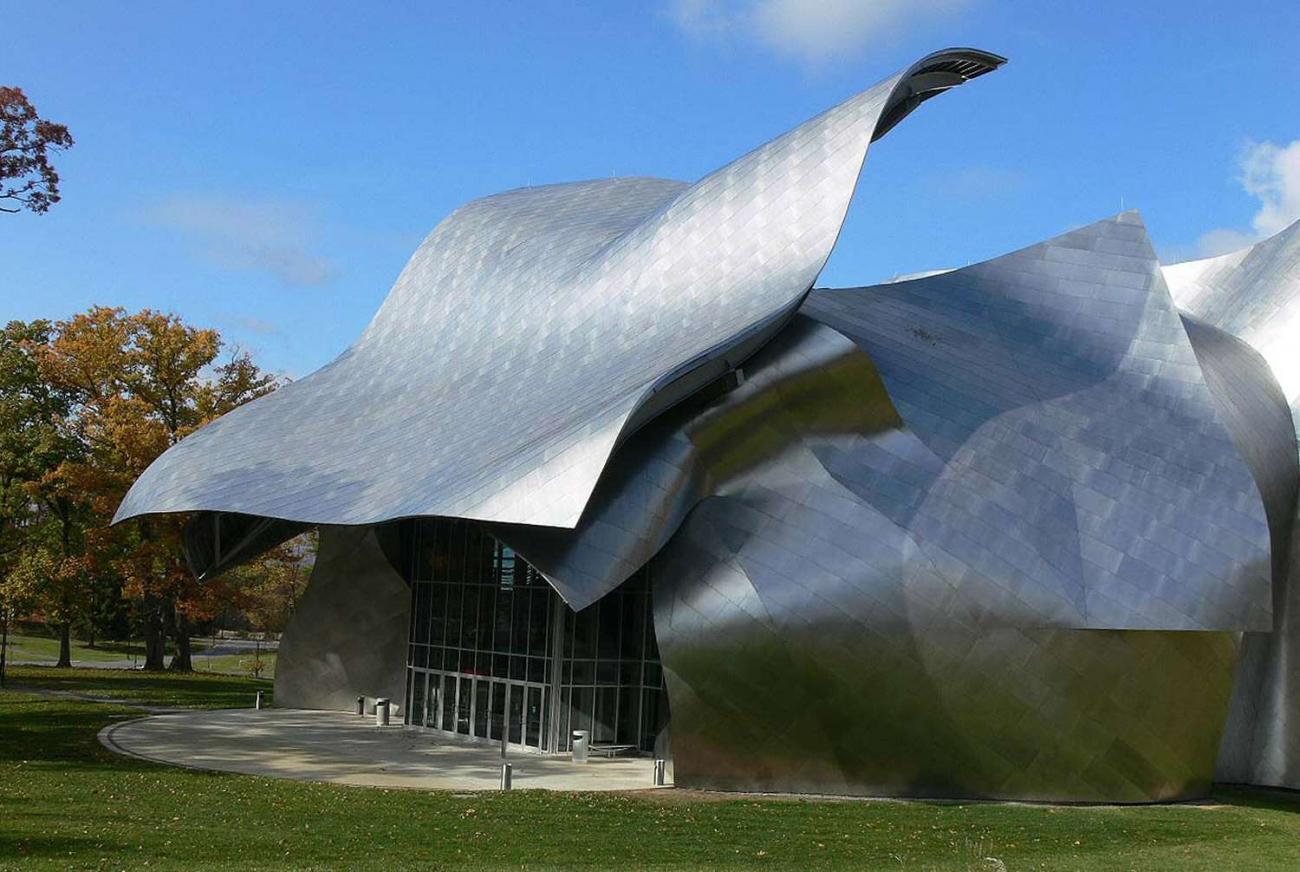
1. Environmental Principles
Establishing an environmental policy is crucial for guiding corporate environmental actions. Many North American stainless steel producers, alongside the Specialty Steel Industry of North America (SSINA), adhere to principles promoting compliance with environmental laws while supporting economic growth. Key guiding principles include:
2. Environmental Management Systems
Effective environmental management requires commitment from top management. SSINA member companies often have dedicated Environmental Affairs Departments that ensure regulatory compliance and address environmental issues.
3. Materials, Energy, and Water Usage
The environmental impact of stainless steel production involves:
4. Pollution Prevention
Air Emissions: Emissions from electric furnaces and AOD vessels are captured through ductwork and directed to high-efficiency fabric filters for metal recovery. Acid pickling emissions are routed to fume scrubbers, with many operations employing chemical scrubbers for enhanced removal.
Water Treatment: All plant water is treated before discharge. Wastewater is collected from various sources, clarified, and filtered for reuse. Acid metering and recovery equipment in the pickling process minimize waste and recycle used acid.
5. Waste Minimization
Minimizing waste is a key objective in the stainless steel industry. Scrap products, including discarded pieces and packaging materials, are collected and recycled into the electric furnace to reduce solid waste generation.

6. Recycling
Stainless steel products are 100% recyclable, maintaining their value even after long use. Items such as kitchen sinks, automotive parts, and building materials can be fully recycled. The long lifespan of stainless steel minimizes the need for new resources, and scrap is collected globally for remelting, producing stainless steel of the same quality as the original.

7. Environmental Compliance Evaluations
Evaluations assess whether practices meet legal and internal environmental standards, with SSINA member companies adhering to these practices.
8. Participation in Cooperative Environmental Councils and Partnerships
The stainless steel industry actively engages with various governmental and environmental councils, including participation in the Common Sense Initiative, which aims to streamline regulations. Member companies have also contributed to the federal 33/50 Program, reducing targeted chemical releases by 50% based on 1994 data. Local involvement includes environmental initiatives like River Sweep and various recovery projects.
9. Communication of Environmental Activity
Effective communication reflects an organization's commitment to the environment. SSINA member companies utilize employee newsletters, training, websites, press releases, and public presentations to disseminate environmental information.
10. Environmental Releases and Sustainable Relationships with the Natural Environment
Environmental performance is often measured by hazardous waste released. The specialty steel industry recycles 100% of electric furnace dust for metal recovery and operates acid recovery units to minimize waste pickle liquor. All waste pickle liquor is either recycled or treated to render it non-hazardous before disposal.
Source: Specialty Steel Industry of North America (SSINA).

The News 10/11/2025
In the midst of the hustle and bustle of urban life, many Vietnamese families are looking for a different living space – where they can enjoy modernity without being far from nature. Tropical Modern villa architecture is the perfect answer to this need. Not only an aesthetic trend, this is also a smart design philosophy, harmoniously combining technology, local materials and Vietnam's typical tropical climate.
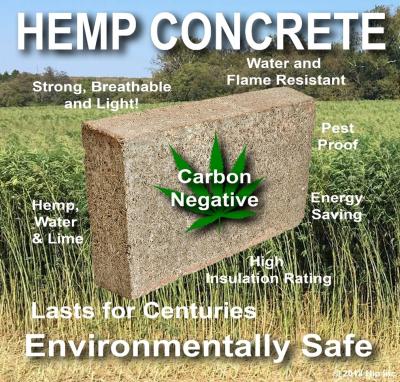
The News 25/10/2025
Hemp-lime (hempcrete) is a non-load-bearing covering material consisting of a hemp wood core (hemp shiv/hurd) combined with a lime-based adhesive, outstanding for its insulation – moisture conditioning – indoor environmental durability; in particular, IRC 2024 – Appendix BL has established a normative line applicable to low-rise housing, strengthening the technical-legal feasibility of this biomaterial.
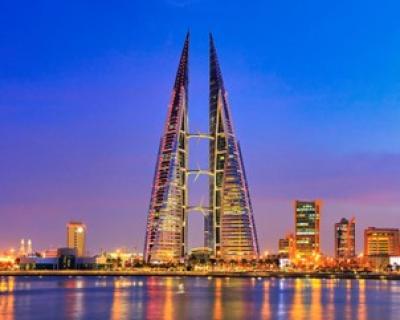
The News 11/10/2025
Amid rapid urbanization and global climate change, architecture is not only construction but also the art of harmonizing people, the environment, and technology. The Bahrain World Trade Center (BWTC)—the iconic twin towers in Manama, Bahrain—is a vivid testament to this fusion. Completed in 2008, BWTC is not only the tallest building in Bahrain (240 meters) but also the first building in the world to integrate wind turbines into its primary structure, supplying renewable energy to itself [1]. This article explores the BWTC’s structural system and design principles, examining how it overcomes the challenges of a desert environment to become a convincing sustainable model for future cities. Through an academic lens, we will see that BWTC is not merely a building but a declaration of architectural creativity.

The News 04/10/2025
As buildings move toward net zero architecture and glare free daylighting, traditional glass façades reveal limitations: high thermal conductivity (~0.9–1.0 W/m·K), susceptibility to glare, and shattering on impact. In this context, transparent wood (TW) is emerging as a multifunctional bio based material: it offers high light transmission yet strong diffusion (high haze) to prevent glare, lower thermal conductivity than glass, and tough, non shattering failure. Recent reviews in Energy & Buildings (2025) and Cellulose (2023) regard TW as a candidate for next generation windows and skylights in energy efficient buildings. [1]
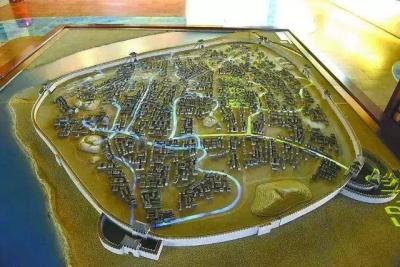
The News 27/09/2025
Urban flooding is one of the greatest challenges of the modern era, when sudden and unpredictable rainstorms can paralyze entire cities. Few would imagine that over a thousand years ago, people had already discovered a sustainable solution: the Fushougou drainage system in the ancient city of Ganzhou, Jiangxi. Built during the Northern Song dynasty, this project remains effective to this day, protecting the city from floods—even during historic deluges. The story of Fushougou is not only a testament to ancient engineering but also a valuable reference for today’s cities seeking answers to water and flooding problems.
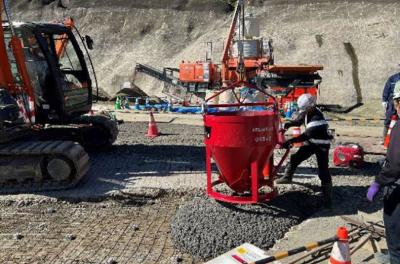
The News 20/09/2025
The construction industry is currently facing immense pressure to reduce carbon emissions, as concrete is not only one of the most widely used materials but also a major source of CO₂ due to its reliance on Portland cement. In response, Shimizu Corporation has conducted extensive research to develop sustainable material solutions aimed at achieving carbon neutrality. One of the most remarkable outcomes is carbon-negative concrete, which partially replaces cement and aggregates with biochar. This biochar is produced from sawdust through a carbonization process and has the unique ability to retain a significant amount of carbon that would otherwise be released into the atmosphere through natural decomposition or combustion. Thanks to this property, carbon-negative concrete not only maintains the necessary mechanical strength for construction but also directly contributes to reducing greenhouse gas emissions. This innovation is considered a promising step that opens new directions for the advancement of green construction in Japan and worldwide.